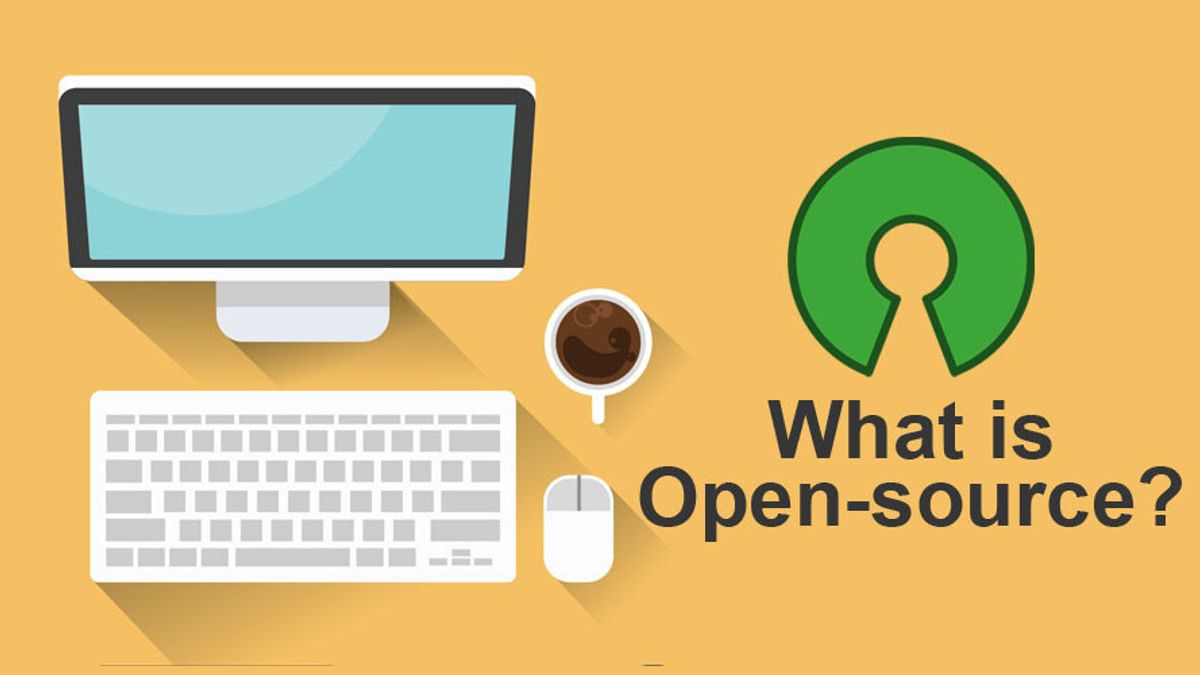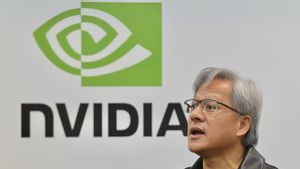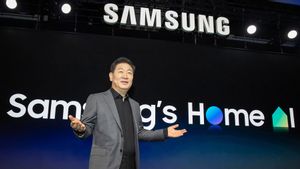YOGYAKARTA - The term open source refers to something that can be modified and shared by people because the design can be accessed by the public. Then what is open source?
This term comes from the context of software development to demonstrate a specific approach to creating computer programs. However, today, "Open Source" shows a wider range of values that we call "the open source way". Projects, products, or open source initiatives embrace and celebrate open exchange principles, collaborative participation, rapid prototype creation, transparency, meritocracy, and community-oriented development.
Open source software is software with checking, modified, and upgraded source code by anyone.
The "source code" is part of software that most computer users have never seen; it's a code that computer programmers can manipulate to change the workings of a software a program' or "application".
Programmers that have access to computer program source code can improve the program by adding features to it or repairing parts that don't always work properly.
What's the difference between Open Source software and other types of software?
Some software has a source code that can only be changed by people, teams, or organizations that make it and maintain exclusive control over it. People refer to this kind of software as "proprietary" software or "closed source".
Only original authors of proprietary software can legally copy, check, and change such software. And to use proprietary software, computer users should agree (usually by signing the licenses displayed the first time they run this software) that they won't do anything with software that software creators don't strictly allow. Microsoft Office and Adobe Photoshop are examples of proprietary software.
The source software is different. The creator makes the source code available to other people who want to view that code, copy it, learn from it, change it, or share it. The LibreOffice and GNU Image Manipulation Program are examples of open source software.
As they do with proprietary software, users must accept licensing provisions when they use open source software but the legal provisions of open source licenses differ dramatically from their OWN licenses.
Open source licenses affect the way people use, learn, modify, and distribute software. In general, open source licenses give computer users permission to use open source software for whatever purpose they want.
Some open source licenses that some people call "copyleft" licenses stipulate that anyone releasing a modified open source program should also release a source code for the program next to it. In addition, some open source licenses stipulate that anyone who changes and shares programs with others must also share the program's source code without burdening license fees for it.
Designally, open source software licensing promotes collaboration and sharing because it allows others to make modifications to the source code and incorporates such changes into their own projects. They encourage computer programmers to access, view, and modify open source software whenever they want, as long as they allow others to do the same when they share work.
Is Open Source software only important for computer programmers?
No. Open source technology and open source thinking benefit programmers and non-programmers.
As early inventors built most of the Internet itself on open source technology such as Linux operating systems and Apache Web server apps anyone who uses the Internet currently benefits from open source software.
Whenever computer users view web pages, check for emails, chat with friends, stream online music, or play multiplayer video games, computers, mobile phones, or game consoles they connect to global computer networks using open source software to define and submit their data. data to the "local" devices they have in front of them. Computers doing all these important work are usually located in remote places that users don't really see or can't physically access. That's why some people call these computers "distance computers".
More and more people rely on remote computers when doing tasks they might do on their local devices. For example, they may use online word processing software, email management, and image editing that they don't install and run on their personal computers. Instead, they simply access this program on a remote computer using a Web browser or mobile app. While doing this, they are involved in "distance computing".
Some people call remote computing "cloud computing", because it involves activity (such as storing files, sharing photos, or watching videos) that combines not only local devices but also the global network of remote computers that form the "atmosphere" around them.
Cloud computing is an increasingly important aspect of everyday life with devices connected to the Internet. Several cloud computing applications, such as Google Apps, are property rights. Others, such as ownCloud and Nextcloud, are open source.
The cloud computing app runs "on top" additional software that helps it operate smoothly and efficiently, so that people will often say that software running "under" cloud computing apps act as a "platform" for such applications. Cloud computing platforms can be either open sources or closed sources. OpenStack is an example of an open source cloud computing platform.
So after knowing what open source is, watch other interesting news on VOI, it's time to revolutionize news!
The English, Chinese, Japanese, Arabic, and French versions are automatically generated by the AI. So there may still be inaccuracies in translating, please always see Indonesian as our main language. (system supported by DigitalSiber.id)













